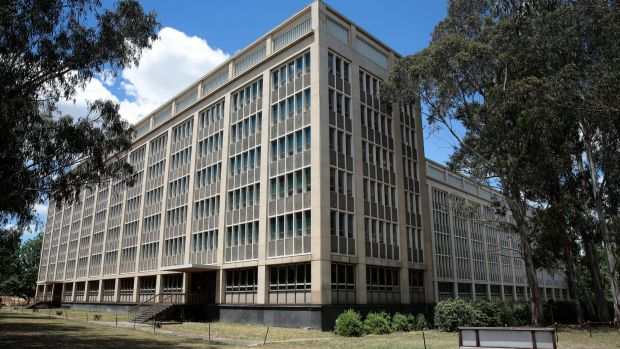The National Disability Insurance Scheme (NDIS) is expected to be in full operation in the ACT by July 2016. All children are now eligible to join the NDIS, with only adults born after 1 July 1965 yet to be inducted into the scheme. All other States and Territories will commence their full implementation shortly afterwards (with the likely exception of WA due to ongoing negotiations).
Unfortunately the NDIS is still a mystery to many who aren’t directly impacted by the changes. While the underlying funding model involves a lot of accountants and actuaries, the way it works for individual participants is both simple and revolutionary.
The big change is in who controls the money.
Previously, funding was provided to disability care and support organisations. These organisations would offer programs and services which people with disabilities would have to apply for. The onus was on individuals to discover what options existed to get help.
As the 2011 Productivity Commission report into the NDIS noted, this placed people with disabilities at the mercy of government budget cycles and annual funding allocations. If a budget got cut, services would be cut too, regardless of the number of people in an area requiring support. The unlucky ones would simply miss out.
When talking to carers and guardians of people with disabilities in the ACT, this view of the old system certainly rang true for them. Stories of carers simply not showing up to appointments for weeks at a time, and uncertainty about how to apply or check eligibility for available care programs were common.
People have been reluctant to complain about the system because they often felt lucky to get anything at all. As one carer put it, “You don’t want to seem ungracious.”
Under the new model, the National Disability Insurance Agency (NDIA) administers access to the NDIS. Each participant in the scheme documents their “goals and aspirations”, after which a proposal for ongoing funding support is approved by the NDIA that is “fair, reasonable and necessary” and “in line with community expectations”.
Each “individualised support package” allocates an annual amount of funding which is tied to a range of particular support needs of that participant. The person (or their plan nominee) can then select an approved provider of their choice to perform the service at a time and place that suits them.
By having certainty about funding, as well as the freedom to select and change providers, the power relationship between care providers and the client is rightfully inverted.
Providers will need to learn to market their services and ensure the satisfaction of their clients in order to get paid. This is likely to be the biggest challenge for organisations unused to operating in a market environment. Ultimately though, the pressure to evolve and improve their service delivery approach should lead to better outcomes for both carers and clients.
The switch in funding arrangements will lead to major changes in the ACT. As just one example, Therapy ACT will cease provision of therapy services by the end of 2016, with clients assisted to find new non-government therapy providers during this transition.
Bill Shorten needs to be acknowledged and commended for being the key architect of the NDIS. The 460,000 people around Australia with disabilities who are expected to make use of the scheme will have better lives. It’s a great example of how politics at its best can deliver transformational and inspirational outcomes for our society.
Photo Credit: NDIS website











